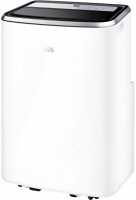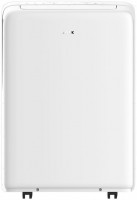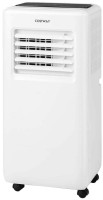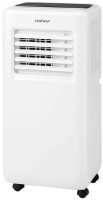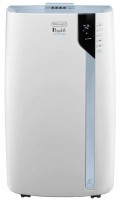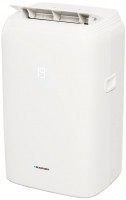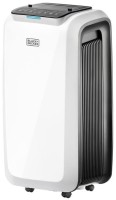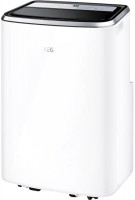Toshiba RAS-13NKHD-E/13UAH-E4 35 m²
 | Outdated Product $449.76 Type: split system; Room area (m²): 35; Modes and programs: Operating modes: cooling, heating, dehumidification, ventilation; automode; night mode; self-cleaning; Functions: timer; auto restart; self-diagnosis; ionizer: plasma (electrostatic); Power consumption (cooling/heating): 1270/1220 |
Toshiba RAS-13NKHD-E/13UAH-E4 35 m²
Type:split, wall
Recommended area:35 m²
Consumption:1270/1220 W
Functions:night mode, ionization, self-cleaning
All specifications
Specifications RAS-13NKHD-E/13UAH-E4
|
| ||||||||||||||||||||||||||||||||||||||||||||||||||
The information in the model description is for reference purposes.
Always clarify the specifications and configuration of the product with the online store manager before purchasing.
Catalog Toshiba 2025 - new arrivals, bestsellers, and the most relevant models Toshiba.
Always clarify the specifications and configuration of the product with the online store manager before purchasing.
Catalog Toshiba 2025 - new arrivals, bestsellers, and the most relevant models Toshiba.
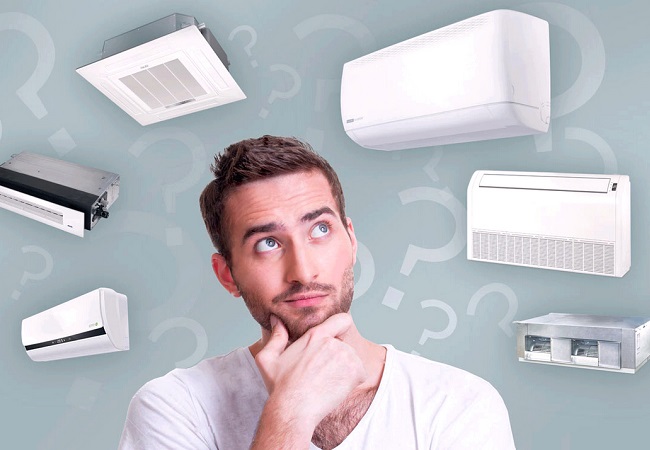
How to choose an air conditionerThe main criteria to consider when choosing an air conditioner

What is the difference between a cheap air conditioner and an expensive one?Is it worth paying more when buying an air conditioner? Let's take a look at the pros and cons.
Additional features air conditioner Toshiba RAS-13NKHD-E/13UAH-E4:
Air ionizer
The Toshiba air ionizer installed in Daiseikai series air conditioners is capable of producing up to 35,000 negatively charged ions per 1 cm3. In terms of air quality, this is equivalent to being next to a waterfall.
Plasma filter
An advanced silver ion plated plasma filter is used in the Toshiba NKHD-E/NKD-E air conditioner series. It is capable of removing particles as small as 0.001 microns. An ion field is created between the filter electrodes, which gives a positive charge to the polluting particles. Further, the negatively charged electrons on the collecting plates of the filter attract positively charged particles. Dust and odour molecules are absorbed and broken down. The remaining particles settle on the second denser section of the settling plates.
Self cleaning system
Toshiba's self-cleaning system prevents mold from forming inside the air conditioner. After turning off the air conditioner, the fan located in the indoor unit runs for another 20 minutes, dries the heat exchanger, and then automatically turns off. In Toshiba Daiseikai series air conditioners, the plasma filter generates ozone during self-cleaning. Ozone disinfects the indoor unit and prevents mold and bacteria. After the destruction of bacteria, ozone turns into oxygen.
- Economy mode
- Ability to control airflow direction
- Quiet mode
- Boost mode
- 3 minute automatic compressor start delay to protect the system
Air ionizer
The Toshiba air ionizer installed in Daiseikai series air conditioners is capable of producing up to 35,000 negatively charged ions per 1 cm3. In terms of air quality, this is equivalent to being next to a waterfall.
Plasma filter
An advanced silver ion plated plasma filter is used in the Toshiba NKHD-E/NKD-E air conditioner series. It is capable of removing particles as small as 0.001 microns. An ion field is created between the filter electrodes, which gives a positive charge to the polluting particles. Further, the negatively charged electrons on the collecting plates of the filter attract positively charged particles. Dust and odour molecules are absorbed and broken down. The remaining particles settle on the second denser section of the settling plates.
Self cleaning system
Toshiba's self-cleaning system prevents mold from forming inside the air conditioner. After turning off the air conditioner, the fan located in the indoor unit runs for another 20 minutes, dries the heat exchanger, and then automatically turns off. In Toshiba Daiseikai series air conditioners, the plasma filter generates ozone during self-cleaning. Ozone disinfects the indoor unit and prevents mold and bacteria. After the destruction of bacteria, ozone turns into oxygen.
We recommendCompare using chart →




